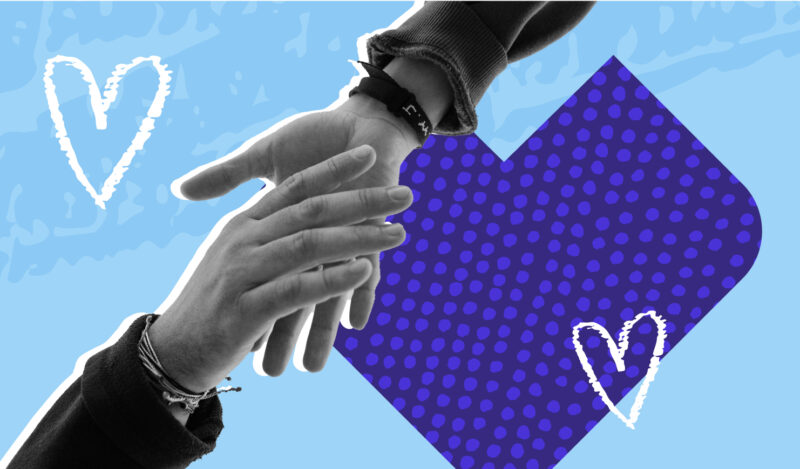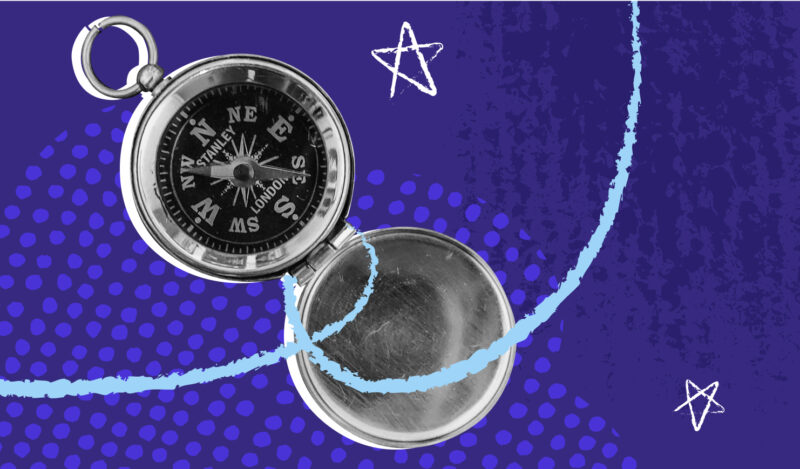Eating Disorder Myths & Warning Signs

Eating disorders are serious and too often deadly illnesses that can severely harm those affected. It is so important to know the facts and to be on the lookout for warning signs.
Common signs and symptoms of an eating disorder include:
- Dieting or any other food restriction – especially if a young person.*
- Changes in their eating behaviors that are more extreme.
- Increased attention or talking about their body or weight –more talking about their body or weight in judgment terms.
- Notable weight change, wearing larger clothing that hides their body. IMPORTANT: many times an eating disorder does not result in weight change.
- Frequent trips to the bathroom, especially after meals.
- Excessive exercise or a compulsive need to exercise “for health.”
- Feeling weak or tired or sleeping more than usual.
- Notable change in behavior, as though something is just “off.”
* Dieting is the #1 risk factor for developing an eating disorder. If a young person starts to diet , it often means they feel they need to change their body to be accepted by others. Dieting “to be healthier” is often the stated reason, but dieting does not make us healthier. Making healthy choices (be it with sleep, friendships, movement, a variety of foods) is what makes us healthy. Dieting also sometimes shows up as cutting out food groups (i.e.- sugar, carbs, meat) “for health reasons.”
Common Myths About Eating Disorders
Myth: A person with average- or larger-sized bodies cannot have an eating disorder.
Fact: A person can be ill with an eating disorder regardless of their weight/size. In fact, the vast majority of those who have an eating disorder do NOT have low body weight.
Myth: Eating disorders are a matter of choice,or lifestyle. They are a form of dieting. A person with an eating disorder can stop when they want.
Fact: No one chooses to have an eating disorder, but what often starts as something like a diet will too often shift into a harmful unhealthy and potentially life-threatening illness that requires expert care and treatment.
Myth: Only white girls from the suburbs get eating disorders.
Fact: Eating disorders cross all boundaries—gender, racial, ethnic, cultural, geographic and socioeconomic..
Myth: Eating disorders are just an adolescent “phase,” so they should be ignored and they will go away on their own.
Fact: Eating disorders most often begin during the teenage years as a means to cope with normal developmental tasks like identity formation and/or establishing independence. Effective, targeted treatment is more likely to result in recovery than ignoring the unhealthy habit and waiting for spontaneous resolution.
Myth: A person with an eating disorder was “totally fine and healthy” right before the eating disorder started.
Fact: Eating disorders almost always develop over time. They are a result of a person’s unique genetics and environmental experience.
Genetics can predispose one to develop beliefs and behaviors that increase risk for developing an eating disorder. On top of this, environmental messages and role modeling perpetuates body dissatisfaction, promotes unrealistic beauty standards, and places excessive emphasis on appearance.
Body dissatisfaction is usually the start. Then harmful thoughts and behaviors with food follow. These things then evolve into more significant thoughts and behaviors with body and food. This is disordered eating, or a “subclinical” eating disorder—a combination of harmful thoughts and behaviors with body or food but at lesser frequency or intensity than a full-blown clinical eating disorder.
Clinical eating disorders exist once specific criteria are present. 1 in 5 to 1 in 7 (depending on gender) will develop a clinical eating disorder before age 40.
The specific criteria that define a clinical eating disorder are outlined in a diagnostic manual for mental health conditions (i.e. DSM-V – Diagnostic and Statistical Manual of Mental Disorders, Fifth Edition).
Importantly, eating disorders don’t “come from out of nowhere.” They develop gradually over time.
Get Support Now
You are not alone. If you or someone you know is struggling with an eating disorder, The National Alliance for Eating Disorders helpline can be reached at 866-662-1235 in the US. The helpline is run by clinicians and offers emotional support for individuals and their family, as well as referrals for all levels of eating disorders.

What to Do When Concerned

Get Help Now
